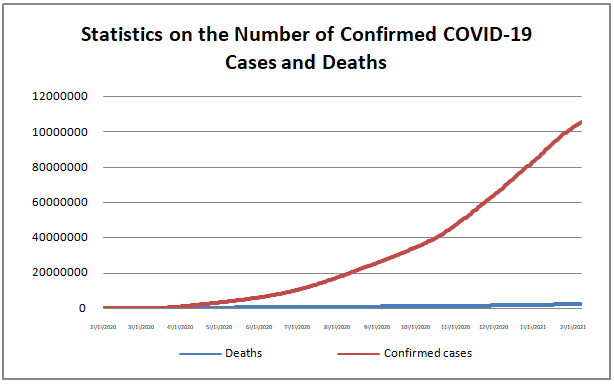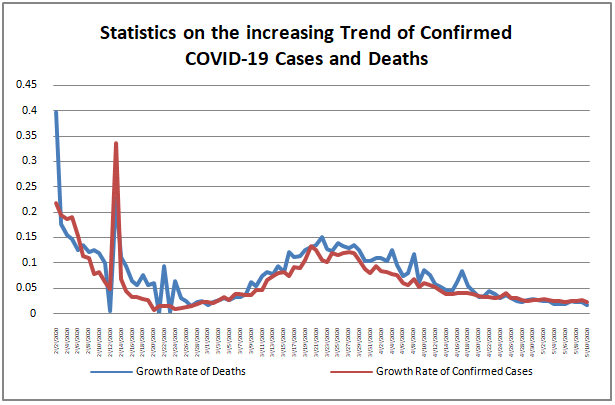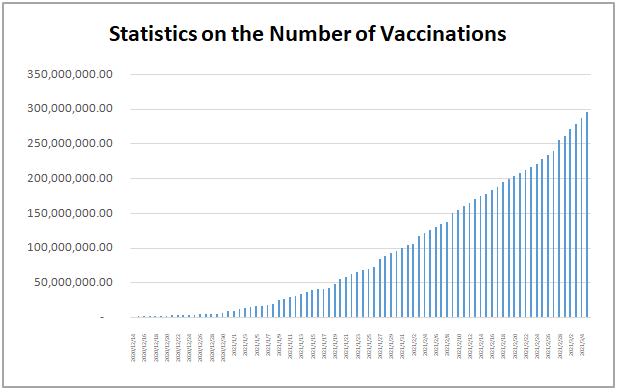Latest WTO Goods Trade Barometer Indicates aLoss of Momentum in Trade at the Start of 2022
Time:2022/02/25 BJT
1.Key concerns
The WTO issued the latest Goods Trade Barometer on February 21, 2022. The barometer shows that the rebound of global goods trade has been dampened and the year-on-year growth of merchandise trade volume continuously decreased due to the disruption of the supply chain and the COVID-19. Most of the global merchandise trade indicates on-trend growth while the growth of motor products and container shipping is lower than anticipated. But this situation could be starting to change as supply chain pressures show some signs of easing.
The WTO Goods Trade Barometer provides early signals of the trend and turning point of current world merchandise trade by collecting statistic data of trade in goods. It is updated quarterly and complements the Services Trade Barometer. Readings greater than 100 suggest above-trend growth while readings below 100 indicate below-trend growth. The current reading of 98.7 is below the barometer's baseline value of 100 and down slightly from last November's reading of 99.5, indicating a loss of momentum in trade at the start of 2022 following last year's strong rebound in trade volumes. However, the index also shows signs of bottoming out, suggesting that merchandise trade may turn up soon even if it remains below trend in the near term.
In addition to ongoing supply chain disruptions, the barometer's weakness is partly explained by the introduction of restrictions to combat the Omicron wave of COVID-19.Since the new variant's health impact has turned out to be relatively mild,some countries are now scrapping the restrictions to boost trade, though future variants of COVID-19 continue to present risks to economic activity and trade.
The barometer also forecasts the year-on-year growth of merchandise trade volume continuously decreased. In the third quarter of 2021, merchandise trade volume growth slowed to 8.1% year-on-yearas well as a small quarter-on-quarter decline. It is anticipated that they are likely to show even lower year-on-year growth in the fourth quarter of 2021, even if quarter-on-quarter growth turns positive again. Cumulatively, the volume of trade in the first quarters of 2021 was up 11.9% compared to the first quarters of 2020, which is above the WTO’s forecast of 10.8% from last October.
In terms of specific indicators, most of the barometer’s readings were close to their baseline value of 100 indicating on trend growth, the main exceptions being automotive products of 92.0 and container shipping of 97.2. According to the analysis, the automotive products index has actually improved due to the increasing availability of semiconductors which are used extensively in vehicle production. But this increased availability of semiconductors is reflected in the electronic components index (98.6). Affected by the ongoing port congestion, the container shipping index (97.2) dipped further below the anticipation, but its slowing rate of decline could presage a turnaround in the near future. Container throughput of major ports has plateaued at a high level and the delivery times have gradually come down worldwide, but not fast enough.
2.Briefing on COVID-19 Pandemic(Issue No.181)
According to WHO statistics, calculated numbers of confirmed COVID-19 cases and deaths reached 424,822,073 and 5,890,312 by February 22, 2022. Germany, Russia, Brazil, South Korea and the US were the five countries (regions) with the highest number of new confirmed cases in the past seven days. Russia, Brazil, South Korea and the US were the five countries (regions) with the highest number of new deaths in the past seven days.


https://covid19.who.int/
WHO announced on February 18, 2022, the first six countries that will accept the technology needed to produce mRNA vaccines, which is an initiative to expand low- and middle-income countries’ capacity to produce vaccines. Statistics from Our World in Data, an online research site of the University of Oxford, presented that 10,603,230,838 doses had been administered globally by February 21, 2022. At the European Union - Africa Union summit held on February 18, 2022, WHO announced six countries including Egypt, Kenya, Nigeria, Senegal, South Africa and Tunisia applied and have been selected as recipients that will receive the technology needed to produce mRNA vaccines. With the support of WHO mRNA technology transfer hub, these countries will have the necessary operating procedures and know-how to manufacture mRNA vaccine at scale and according to international standards to address COVID-19 pandemic in their countries. Depending on infrastructure, workforce and clinical research and regulatory capacity in place, WHO and partners will work with beneficiary countries to make an aid program and put necessary training and support in place so that they can start producing vaccines as soon as possible. This aid initiative is led by the WHO mRNA technology transfer hub which is established to address the COVID-19 emergency and aims at supporting manufacturers in low- and middle-income countries to produce their vaccines and medicines, and diagnostics to address public health emergencies.

https://ourworldindata.org/covid-vaccinations
In terms of the restrictions taken by countries (regions), there are different levels of measures adopted against COVID-19. Some countries (regions) gradually relaxed their prevention measures while others started new vaccination programs. In America, the US Food and Drug Administration is considering rolling out the fourth dose of COVID-19 vaccine (the second booster) with the earliest schedule being this fall. In Europe, the UK becomes the first western country to remove all pandemic restriction measures with the announcement of the 'Living with COVID-19' plan. The Italian Medicines Agency (AIFA) and its Scientific - Technical Committee (CTS) have completed a primary review of the fourth booster dose for vaccination of vulnerable groups following discussions at a meeting. The Netherlands has announced that most of the pandemic restriction measures will be lifted in phases. From February 18, restaurants and bars will be able to extend their opening hours to 1 am, masks will no longer be compulsory in most public places and outdoor cultural and sporting events will be held as normal. From February 25, people will no longer be required to show proof of COVID-19 vaccination when entering public places, social distances of 1.5 metres will no longer be compulsory and the decision of telecommuting will be made by the employer with employees. However, foreign visitors will still be required to show proof of COVID-19 vaccination or a certificate of recovery from COVID-19 when entering the Netherlands. In Oceania, Australia approved provisional registration of Moderna's mRNA COVID-19 vaccine Spikevax. In Asia, a method of collecting specimens of COVID-19 by simply gargling has been developed in South Korea and a related product has been launched. Combined with a rapid antigen test, people will be examined in a short time, and there is no need to poke cotton swabs up the nose. Japanese Prime Minister Fumio Kishida has announced that the quasi-emergency restrictive measures against the COVID-19 pandemic will be extended from March 6 to 17.


